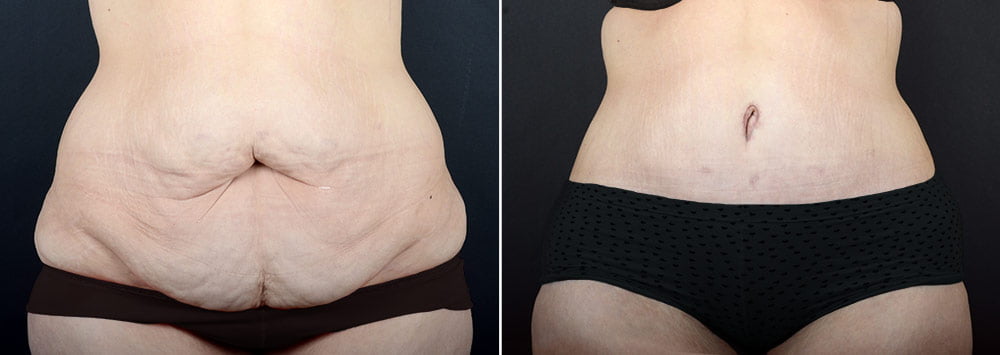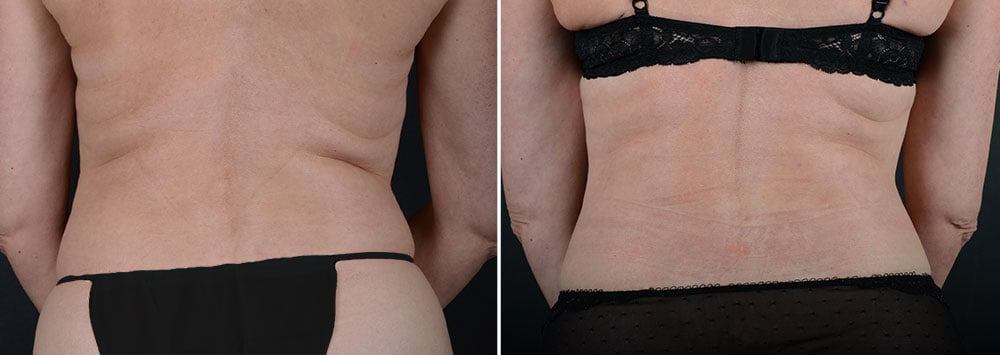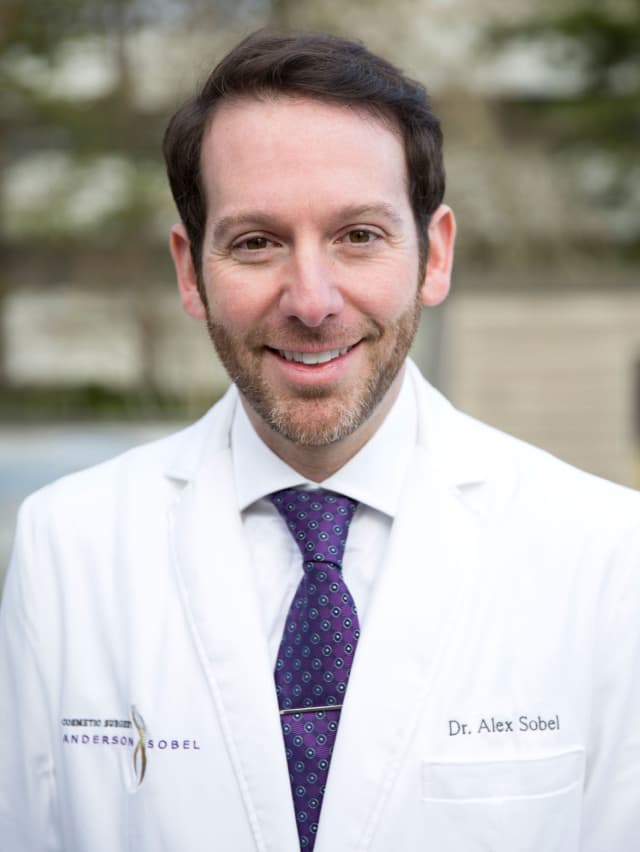Liposuction in 2024 vs. 2004: How Body Contouring was Transformed by PAL (Power-Assisted Lipo)

Power-assisted liposuction (PAL) has been one of the most significant innovations in cosmetic surgery, substantially changing body contouring between 2004 and 2014. The concept was to enhance the efficiency and precision of liposuction procedures, and many additional benefits followed. There are, however, some drawbacks to PAL that require consideration.
The history and adoption of power-assisted liposuction (PAL)
Though developed in the late 1990s, it was really in the next decade that PAL became more widespread and influential in body contouring. Several recognized challenges associated with traditional liposuction techniques included significant manual effort from surgeons, especially repetitive back-and-forth motions. This method often led to surgeon fatigue and could impact the precision and duration of the procedure, as well as the amount of liposuction performed.
For many, PAL made the procedure less strenuous and more precise. Motor-driven, reciprocating cannulas allowed more efficient fat disruption with less physical exertion from the surgeon. However, early generations of PAL were loud, and ergonomics left room for improvement. Both aspects were enhanced over time, and adoption spread.

Benefits of power-assisted liposuction
The vibration in PAL improves patient comfort by making fat removal more efficient and less traumatic. It allows for gentler handling of tissues, reduces the physical demands on the surgeon, and enhances the overall safety and effectiveness of the liposuction procedure. This leads to less discomfort during surgery and a more comfortable, quicker recovery for the patient.
Personally, I have used PAL for thousands of procedures over the past 15 years and have observed the following benefits, which have been generally cited:
- Selective Fat Disruption: The vibrating cannula oscillates rapidly, allowing it to glide through the fat compartment with less resistance. This selective action targets adipocytes while minimizing damage to arteries, veins, and nerves. This is especially useful in combined excisional and flap advancement techniques such as lipoabdominoplasty.
- Less Force Required: Because the device performs the oscillating motion, surgeons need to apply less manual force. This gentler approach reduces bruising, swelling, and postoperative pain for the patient.
- Increased Efficiency: In my experience, the vibration extracts fat much more quickly than without it.
- Smoother Fat Removal and Disruption of the Fibroseptal Network: The consistent motion of the vibrating cannula allows for more uniform fat removal and tissue release.
- Improved Surgeon Control: Reduced physical strain on the surgeon leads to steadier hands and better control, enhancing the safety and effectiveness of the procedure. A less fatigued surgeon can maintain a high level of performance throughout the procedure.
Additionally, I have noticed a few perhaps less-anticipated benefits:
- Pain Gating with “Vibrational Anesthesia”: Vibration affects pain perception by stimulating mechanoreceptors that activate the pain gating mechanism, thereby reducing the transmission of pain signals to the brain. The Gate Control Theory of Pain explains this phenomenon, highlighting how non-painful stimuli like vibration can “close the gate” on pain signals at the spinal cord level. Hence, the patient can enjoy “vibrational anesthesia” in addition to either general anesthesia with tumescent anesthesia or tumescent anesthesia alone.
- Improved Surgeon Feedback: The amplitude and quality of the cannula’s vibration can be easily felt through tissues, providing enhanced feedback on the quality and consistency of the liposuction being performed. This has an incredible advantage in teaching others liposuction, as they can start by feeling the response of tissue compartments to liposuction performed by an experienced surgeon. When the novice is operating, the mentoring surgeon can monitor the quality of the liposuction using this feedback as well.
More recently, micro-oscillating techniques adapted from PAL have been applied not only to fat extraction but also to facilitate glandular extraction, tissue disruption, flap pre-elevation, instillation of wetting solutions, and even fat grafting.
“Awake” liposuction (with tumescent anesthesia)
I believe that PAL has made awake tumescent liposuction far more accessible to surgeons and their patients. PAL’s various benefits facilitate an operative experience that is enjoyable to both the surgeon and the awake patient. When the patient is able to better participate in their own positioning during procedures, this can result in outstanding body contouring.

The drawbacks of PAL
With nearly every advancement in cosmetic surgery, there are drawbacks. The above improvements in patient comfort have unfortunately led unscrupulous doctors to offer liposuction outside of accredited and safe environments of care—i.e. in strip mall-type settings, rather than sterilized and accredited operating rooms. Compounding the danger, these doctors may have no surgical or cosmetic surgery training whatsoever.
While it may be sometimes described as “minimally invasive,” power-assisted liposuction must be recognized as a surgical procedure. Patients are due care in a safe and reproducible manner by those who have specific education, training, and experience in PAL in an environment prepared and validated to expertly manage complications.
A note for cosmetic surgeons
While temporary vibration helps patients, chronic vibrational exposure may be harmful to surgeons. Symptoms of such overexposure can include neuropathy and potentially Raynaud’s phenomenon, among other side effects. Surgeons should keep this in mind when considering how much vibrational exposure they are comfortable with both in a day and across a career.
Overall, this breakthrough created a substantial change in body contouring and has inspired other developments using adjuvant vibrational assistance that will continue well beyond this writing. For all of this, PAL has earned recognition as one of the most important body contouring technological developments of this special decade in cosmetic surgery.
- Triple board-certified in general cosmetic surgery, facial cosmetic surgery, and otolaryngology
- 15+ years of experience specializing in cosmetic surgery
- Operates in an on-site accredited surgical suite for patient safety and privacy
- National leader in cosmetic surgery, including as Past President of the American Board of Cosmetic Surgery and the American Academy of Cosmetic Surgery, and as an expert speaker at medical conferences
- Former Seattle Met Top Doctor with hundreds of 5-star patient reviews
